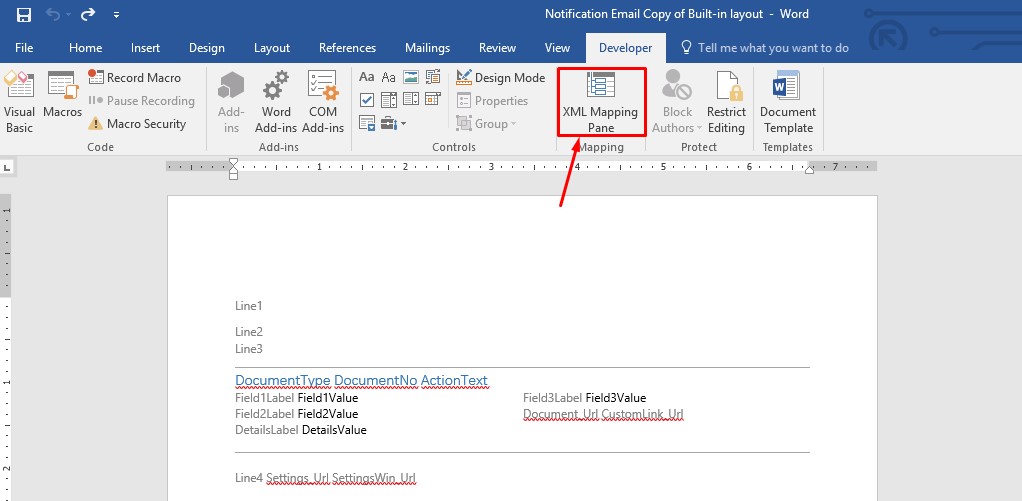

There may be cases where you use the same Excel data in different formats for the mail merge. ‘Percentagex100’ sends a number (not text) to Word that you can format in any way you wish. Percentagex100: is the fraction from column B multiplied by 100.

This is the usual way percentages are handled in Excel.Īctual Value: exposes the value in column B in the way Excel stores it, in other words as a fraction. Percentage: Column B is the fraction (eg 0.12) displayed as a percentage. Here’s a sample worksheet that shows you two different ways to ‘massage’ a percentage into a Word friendly form (the data is fictional).Īny of the four columns can be used for a Word Mail Merge - the choice is up to you. The most direct option is to add some columns in Excel with versions of the percentage figure that you can use in Excel. Remember to press Ctrl + F9 to make the field – not the curly brackets on the keyboard. This lets you multiply the number coming from Excel by 100 before formatting.

To do it embed the MERGEFIELD inside another Word field. You can change the decimal fraction (eg 0.738) to a percentage (73.8) in Word. There’s more than one solution to the problem: Formatting in Word Normally, a Word mail merge will import the raw number from Excel and let you format it in way we’ve described before. For example 25% is stored in Excel as 0.25. How can you put percentages into a Word mail merge? There are several methods including the one we like because it’s reliable and simple.įollowing our article on importing Excel data into a Word mail merge, here are the options for using percentages.Įxcel might show a percentage but the number stored is a fraction.


 0 kommentar(er)
0 kommentar(er)
